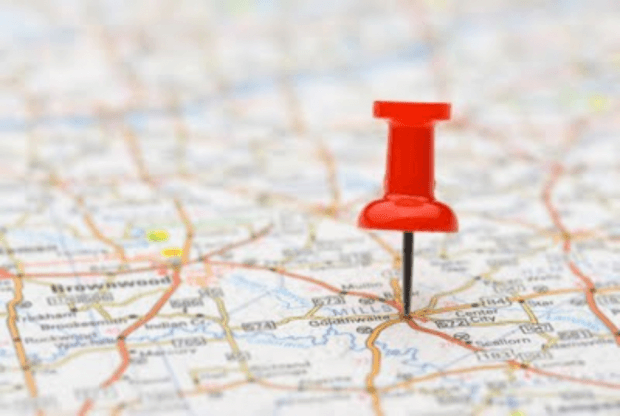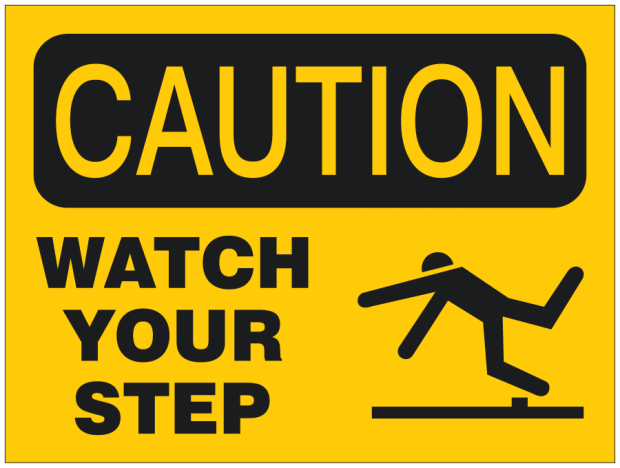Another week, another guest article from G&GR regular and guest writer, Mr AllyOz.
Super Rugby Pacific didn’t get an ideal start. It was born of necessity and rushed into existence to ensure meaningful competitions for players. The introduction of two new sides to add to the existing ten teams from Australia and New Zealand added a fresh dimension to the competition. As well as beefing up the local competition, the teams were designed, at least in part, to provide pathways to professional rugby for people from Pasifika nations, including Fiji, Samoa and Tonga and, thereby, help improve their international importance. It also promised to provide an alternative pathway for players from the local region who were often lost to competitions in Europe and Japan or, worst of all, rugby league in Australia.

Compare the Pair
That certainly appears to have worked for Fiji. They were competitive throughout Super Rugby in 2023, making the quarter finals and securing wins over Moana Pasifika, Melbourne Rebels, Queensland Reds and the eventual champions, the Canterbury Crusaders. This strong Super Rugby performance fed into their World Cup performances. They were able to reach the quarter finals of the Rugby World Cup for only the third time.
Moana Pasifika’s performance to date has been less successful. They won just two games at Mt Smart Stadium, despite Auckland being a diaspora for the Pacific Island communities. As they effectively play as a Pacific Barbarians team, they are less able to provide the strong core of players to feed through to the Tongan and Samoa teams at international level. Questions have already been raised about the sustainability of the current Moana Pasifika model. Writing on RugbyPass when the franchise was first announced, NZ journalist, Hamish Bidwell, identified some of the key challenges facing the Auckland-based franchise. Where would it get its players? How would they be commercially sustainable? How would it ensure these players flowed through to their national sides? For mine, those questions posed at the beginning of Moana Pasifika journey remain largely unanswered. The loss of their form player, Levi Aumu to the Crusaders for the 2024 season further accentuated the issues they face.

Location, Location, Location….oh, and financial sustainability
In my view, Moana Pasifika, faces challenges that will test its long-term sustainability. For one, the location in Auckland is shared with the well-established Auckland Blues. Secondly, unlike Fiji, while the players share some cultural background, the single franchise assumes a homogenous culture shared by Maori, Tongan, Samoa and those from smaller island nations like the Cook Islands. For some players, they’d share heritage of several island nations or, indeed, European heritage. However, for the best results both from a cultural perspective and for their national teams, it’d be better if the core of the team represented one nation rather than several. They don’t seem to be one thing or the other and I wonder if, down the track, the partners including the Tongan and Samoa Rugby Unions, will find themselves at cross purposes. Moana’s ownership structure also appears to rely heavily on funding from the NZ government and NZR and appear to operate, primarily, on grants.
There have been calls from the likes of Sir John Kirwan that Moana follow a similar path to Fiji Drua and play their games at their home stadiums. While I see the good intent in this, I think it might shackle the team to an unsustainable model over the longer term.

The table above shows some basic demographic and rugby related information for three island nations. Fiji has a clear advantage with a population of one million people. So, they can draw on a population five times larger than that of Samoa and ten times that of Tonga. Average GDP per capita is low by world standards, at USD 10,400 but it is almost double that of the two other countries. It has about double the number of registered male players as Samoa and five or six times that of Tonga. While it is always likely to require some financial assistance and has a history of administrative challenges, it has already shown what it can achieve.

Crazy Rich Asians
There were initially as many as six bidders for the additional two licences provided for Pacific Island teams. These included the successful Moana Pasifika bid, as well as bids from the Drua, the Singaporean based Asia Pacific Dragons, the Kanaloa Hawaii group, which was backed by several former All Blacks and participated in the USA’s MLR.

The Asia Pacific Dragons, who ran a Singapore based team in Global Rapid Rugby, are backed by Hong Kong’s Carinat Sports Marketing Group. They withdrew the Super Rugby bid because they felt there was insufficient time to build the team in the lead-up to the 2022. Given Moana’s performance to date, that decision might have been right. They had also previously missed out on a bid for entry to Super Rugby, with the Sunwolves the successful bidder. The Dragons proposed a unique approach to attracting high profile stars. Carinat already runs an Asia Pacific Dragons team in World 10s carnivals and would use selection in its 10s teams to supplement the income of Super Rugby Players once the season is over.
Singapore has some real advantages as a potential base for Moana Pasifika. It has a local population of almost six million and an average GDP per capita of $106,000 – third in the world behind only Luxembourg and Norway. Singapore’s new National Stadium has seating capacity for 55,000. It as a rugby literate expat population and, while it only has 6,834 registered players, this does give it a core group of supporters, if nothing else. It is a major air travel hub, making it ideal for rugby tourism and should have no shortage of potential sponsors and corporate supporters. A privately owned club that partnered with the national bodies of Tonga and or Samoa, and included in its mission, a commitment to promoting the culture of those nations could achieve as much or likely much more than one surviving on government and NZR’s largesse. It is also more likely to be able to attract back some of the major stars from Japan, France or the UK. Singapore based players could also help to support the spread of rugby into Asia, supporting the development of the next tier of teams including neighbouring Malaysia. All that and it’s in the same time zone as Perth.
Hong Kong offers many of the same advantages as Singapore. It doesn’t quite have the income or the player numbers but it does have a long association with the game that could make it a strong financial and fan base for a Pasifika team. It’s also in the Perth time zone and provides a potential link into the enormous Chinese market. Hawaii, too, shares many of these advantages. A travel hub, a tourist economy, a large stadium, a large and relatively rich population. It also has the advantage of a large Polynesian population of its own.

Stepping Up
The first step would be to relocate Moana Pasifika to Singapore or replace it with the Asia Pacific Dragons but with the commitments to development of national teams as outlined above. They would also commit to playing at least one home game in both Samoa and Tonga each season. The second step, ideally by 2030 in the lead-up to the 2031 RWC in the US would be to split the team with a core of Tongan aligned players remaining with the Singapore team and a Samoan based team being established under private ownership in Hawaii. This would give clear national pathways for both teams.
For Fiji, the approach would be a little different. Scheduling one or two of their home games in Hong Kong, a city that already understands the brilliant attacking play of the Flying Fijians through the Hong Kong 7s could help supplement home game incomes from the smaller capacity, smaller income home games in Suva. This would also, hopefully, generate interest for a Hong Kong based franchise down the line.
By 2030, if these steps prove successful, the addition of two teams would allow expansion to a 14- team competition. The competition would include five teams from Australia and five from NZ, along with the Drua, a privately owned Tonga aligned team playing out of Singapore and another privately owned Samoan aligned team playing in Hawaii. Japan, South Africa or an Argentinean based team or a Barbarians style based in Hong Kong could provide the 14th team.
Super Rugby isn’t yet ready for expansion but the relocation of Moana Pasifika to Singapore under a private ownership model could provide a better opportunity for its ongoing sustainability, its ability to meet some of its mission and provide pathways for Pacific Island nations. It would also allow the competition to begin to tap into additional financial resources and broadcasting revenues in southeast Asia and potentially help grow the game into the region. If the proposition proved successful, further expansion to Hawaii in the lead up to the US based RWC in 2031 could result in further extension into new markets, while keeping the competition, for the most part in the same time zone as the current competition structure.


